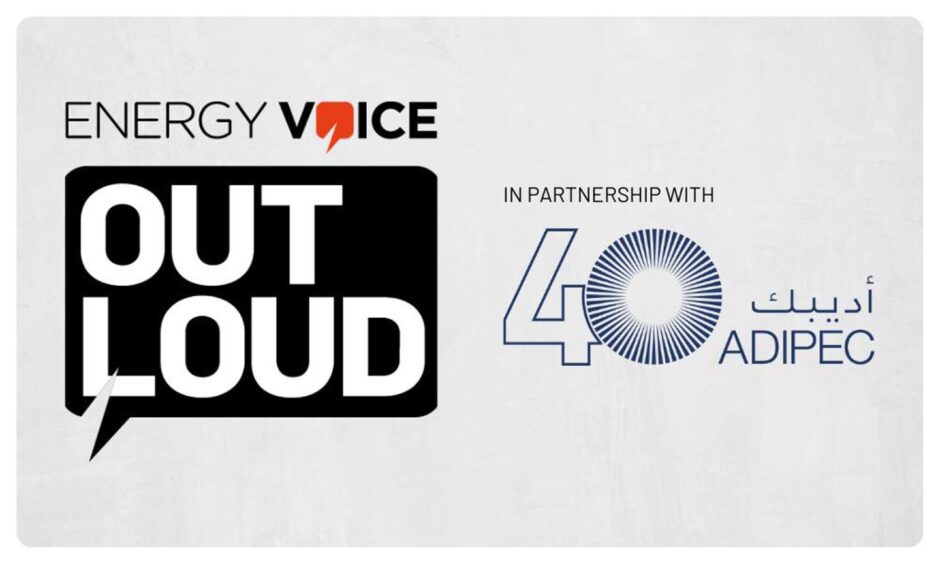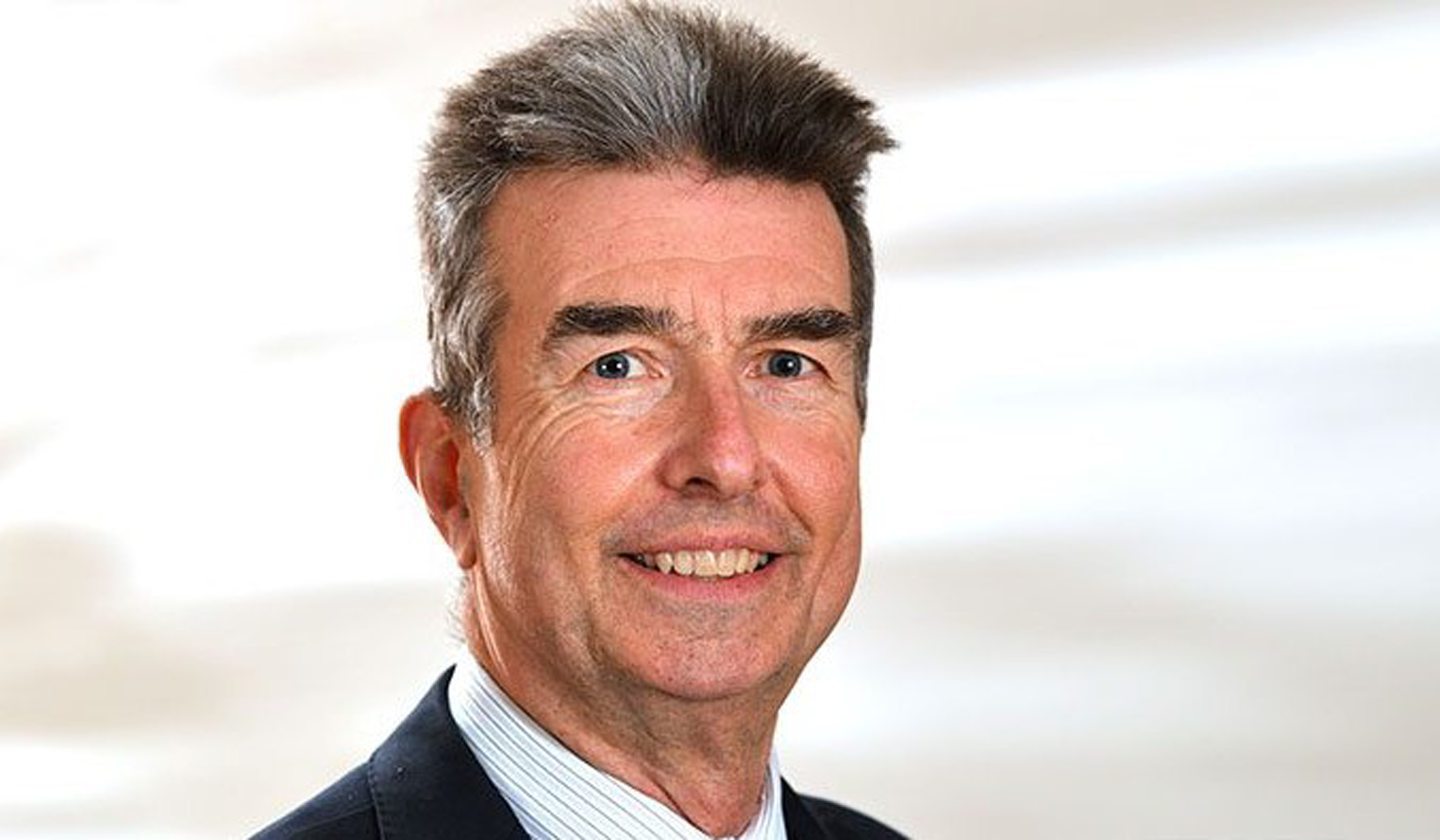
As the world races to decarbonise, oil and gas firms are under intense scrutiny for the greenhouse gas emissions associated with the hydrocarbons they produce.
Talking to Energy Voice Out Loud, on the second episode of the Road to ADIPEC series, International Association of Oil and Gas Producers (IOGP) chief executive Graham Henley sets out the evolution within the organisation as it sets its sights on the energy transition.
When it was founded 50 years ago, Henley said the main concern of the IOGP was how its members could operate safely in the challenging environment of the North Sea.
But as it has grown, the organisation has branched out to establish directorates focused on the environment, engineering and standards, and most recently the energy transition.
“It’s a new directorate we formed three years ago, and that’s already bringing together best practice to help companies navigate the energy transition,” Henley said.
Energy transition directorate
Drawing upon 2,500 industry experts, IOGP assists firms in aligning their practices with energy transition goals.
But it is also positioning the IOGP as a leading voice with policymakers and regulators on issues surrounding climate legislation and decarbonisation objectives.
With oil and gas firms investing heavily in emerging industries like carbon capture and storage and hydrogen alongside methane reduction efforts, Henley said IOGP members are looking to their past focus on safety to inform collaboration for the future.
“Our industry decided many years ago we weren’t going to compete in the area of safety… and we’ve got a long history of working together,” Henley said.
“But I said three years ago, when we formed the energy transition directorate, the industry decided that there are a number of things that the industry is going to need to navigate the energy transition, but where we’re not going to compete.
“We’re not going to compete in sharing best practice in terms of methane detection and quantification, electrification technologies to reduce or eliminate routine flaring and carbon capture and storage.”
Henley said this collaboration has led to the IOGP publishing guidance on a range of topics relating to these initiatives, but its members are still “free to innovate themselves as well”.
Road to ADIPEC
Another sign of the increasing energy transition collaboration within the oil and gas sector is the Oil & Gas Decarbonisation Charter, Henley said.
Agreed at COP28 in Abu Dhabi, Henley believes the signing of the charter was “one of the first times that the industry was seen as part of the solution, rather than simply a problem to be solved”.
Containing more than 50 signatures, the charter commits firms to eliminating routine flaring and fugitive methane emissions by 2030 and achieving net zero operations by 2050.
“For many of our largest members, these were not new commitments,” Henley said.
“But what I think was really a turning point there is the number of signatories of the charter, [which] included many smaller national oil companies, niche players, and also the expectation in signing the charter that you would share best practice.”
While the progress made at COP28 represents a step forward in the industry, Henley said he recognises the problem is not solved “simply because 50 companies signed something at COP”.
“But we’re on that road, and I think that it’s up to us now to deliver, to support our members to deliver, and to work with those recommended and best practices to genuinely and measurably reduce the emissions and carbon intensity of our production,” he said.
ADIPEC will take place in Abu Dhabi on November 4 to 7. This is the second episode in the Road to ADIPEC series.
 © Supplied by IOGP
© Supplied by IOGP